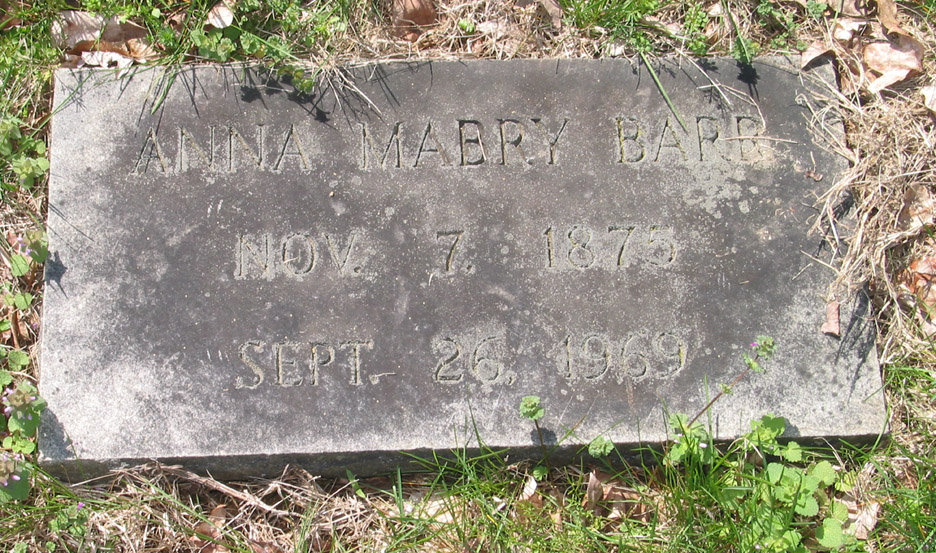
Written by Meghan Gattignolo, Visitor Services Coordinator
One local legend buried in Greenwood Cemetery was a force of nature all on her own. With all the charms of a stern but beloved grandmother, Anna Mabry Barr made a name for herself during Fort Campbell’s early years. Anna carved out a very deliberate path caring for soldiers after losing everything in her personal life.
The relationship between Anna and Fort Campbell began in 1941. At the onset of World War II, the federal government began expanding the military. After the attack on Pearl Harbor in December 1941, this expansion gathered momentum and sites were scouted for new military bases. The rolling hills of rural Kentucky and Tennessee in an area near a railroad, a major highway and an airport became a promising choice for the site of the future Camp Campbell. The land was coupled with a citizenry who welcomed the economic value of a military installation and weather that allowed for year-round training. The only problem: the farms and estates of American citizens who already lived at the site.
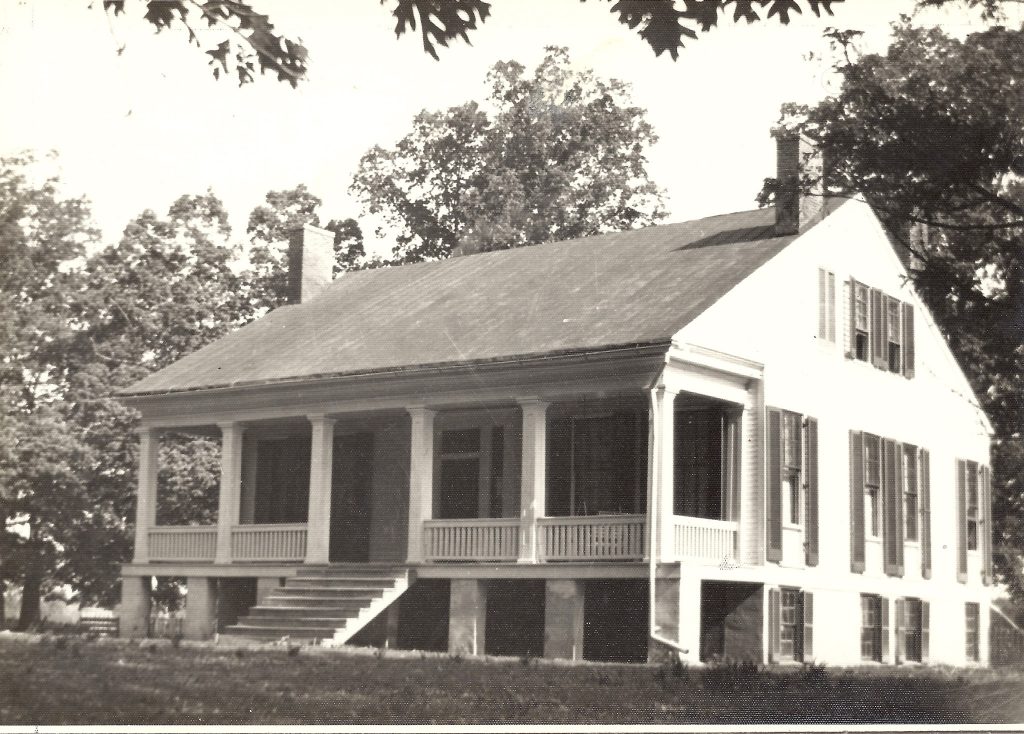
Poplar Hill
Photo provided by the Mabry Family
Anna Mabry Barr lived with her husband John Christie Barr on a portion of the land where she was raised, a property called Poplar Hill. The land was now owned by another family, but Anna and her husband bought back a portion of this property later in life and dubbed it Barr Hill. The couple had spent most of their married life in John’s native New Orleans, but moved back to Anna’s hometown during the Great Depression. They lived quietly on Barr Hill until John died unexpectedly of illness in 1942. The land acquisition could not have come at a worse time for Anna. She fended off the government’s encroachment on her land for as long as she could, frightening away land surveyors with a shotgun.
Eventually, a displaced Anna relocated to a cabin nearby in Clarksville – but the United States Army hadn’t heard the last of Anna Mabry Barr. Anna soon began a series of visits to Camp Campbell and requested to be allowed to visit. When she was told civilian passes were not permitted, she reacted with dogged persistence. Anna refused to take ‘no’ for an answer until she was granted a pass. Anna famously argued for her right to be allowed onto post by declaring that she was a sovereign American citizen, and “if it’s not my camp and my Army, whose is it?” When a new commander arrived at the post and revoked her pass, she marched to his office and lectured him into submission. Anna’s right to visit post was never challenged again.
After gaining access to the post, Anna began a ministry of visiting injured and imprisoned soldiers. She served as a source of maternal comfort to the men. Aunt Annie catered to the men’s spiritual and emotional care, reading passages from the Bible, providing stiff maternal advice and sometimes simply being present for them and holding their hand. She earned an honorary place in the hearts and minds of the Fort Campbell soldiers, was allowed in places no other civilian was allowed and collected badges and awards as acknowledgment of the value she brought to camp life.
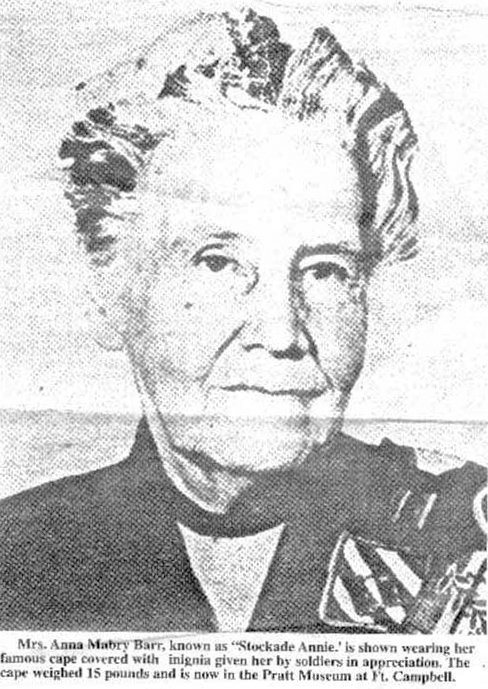
Photo from the Leaf Chronicle
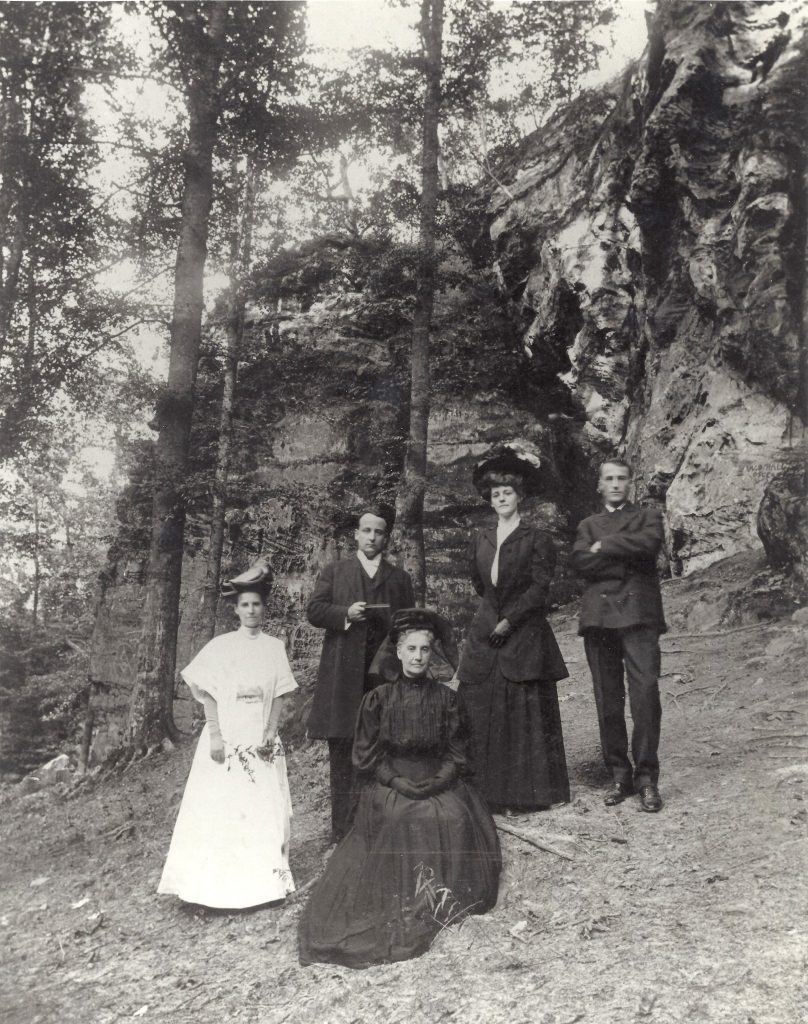
Anna’s wedding
Photo provided by the Mabry Family
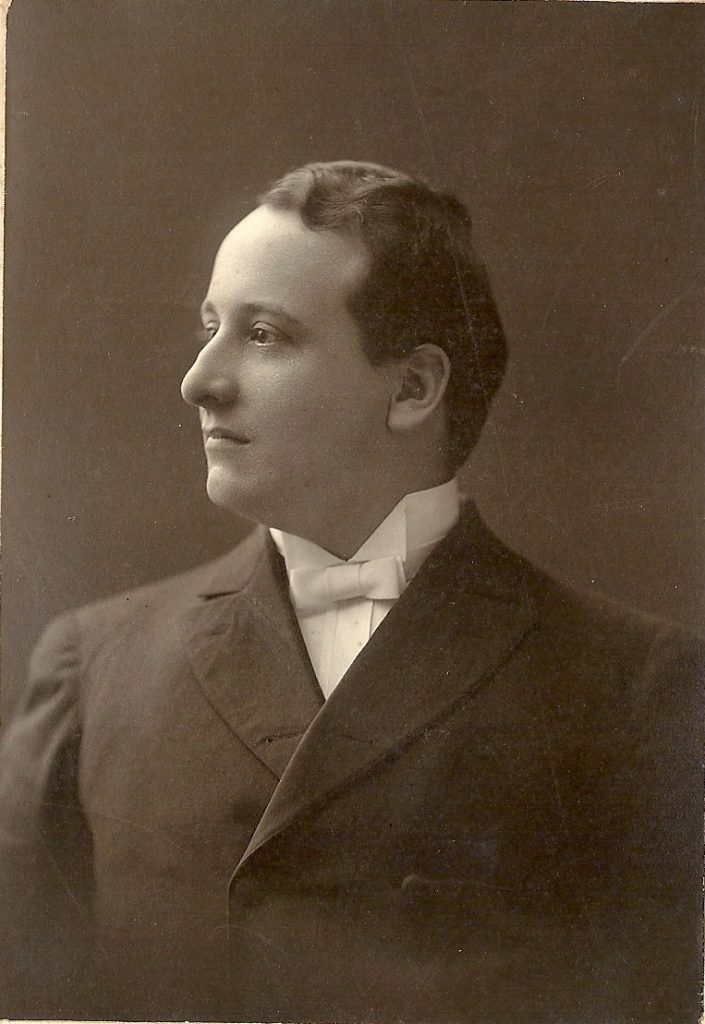
Dr. Barr, Anna’s husband
Photo provided by the Mabry Family
Not much is known about Anna’s motivations for her mission. She spoke little of herself and much of her personal life is a mystery. However, she once revealed, “I had three brothers in World War I and I know the American serviceman needs somebody to administer to his heart. He’s hungry for love.” Anna was born the eldest child of a large family and became estranged from her many siblings later in life. Perhaps the soldiers reminded her of her little brothers who fought in the prior World War, or maybe Fort Campbell simply felt like home.
Anna continued her mission to her soldiers until her death in 1969. A few months prior, she had intended to give President Nixon a message and traveled all the way to the White House in Washington, D.C. where she waited for hours in a hallway to speak with him, ultimately giving up and coming back home. Headstrong to the very end, she let little get in her way of serving “her boys.” She was buried with full military honors at Greenwood Cemetery next to her husband. Anna’s famous cape full of honorary badges is on exhibit at Don F. Pratt Memorial Museum at Fort Campbell.
A few more spots are open on the Museum’s Historic Greenwood Cemetery Tour with Artifacts Stories. Purchase tickets here.
References:
https://www.newspapers.com/clip/13261875/stockade-annie-capt-ralph-c-mehciz/
https://news.google.com/newspapers?nid=266&dat=19560924&id=_eArAAAAIBAJ&sjid=_2YFAAAAIBAJ&pg=1164,5710509&hl=en
https://www.oakridger.com/article/20120712/NEWS/307129999
https://www.tngenweb.org/montgomery/lore/missannie.html
O’Brien, John (2014). A History of Ft. Campbell. The History Press.

Meghan Gattignolo
Meghan Gattignolo is the Customs House Museum & Cultural Center’s Visitor Services Coordinator and regularly contributes articles to the Museum’s blog. From a military family, Meghan has spent most of her life in Clarksville. She loves learning about Clarksville’s history and writing. Meghan holds a B.A. in History from Austin Peay State University, with minors in German and Political Science. She lives in Clarksville with her husband and two daughters.
Becky Wood, Technical Writer, edits each blog post. Maegan Collins, Media & Communications Coordinator, prepares photographs and visual images as well as prepares the blog posts for the web.